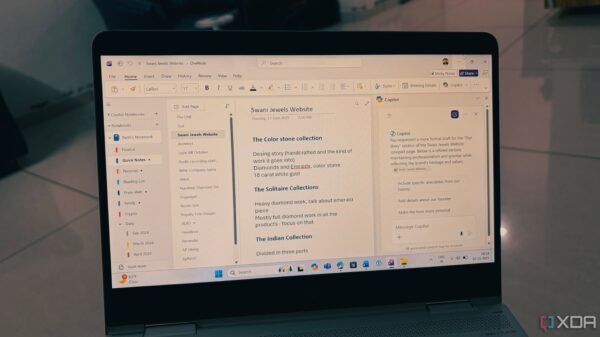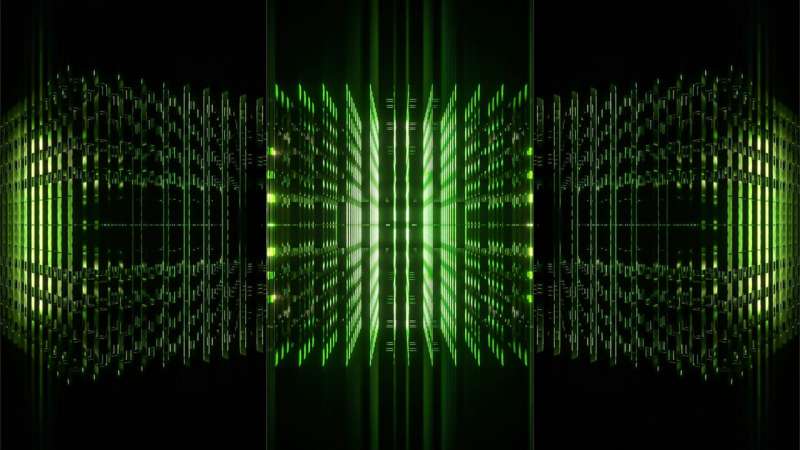For the first time, a quantum computer has successfully measured electron pairing correlations, a crucial step in the quest for room-temperature superconductors. This significant achievement, reported on November 6, 2025, could pave the way for materials that conduct electricity without resistance at everyday temperatures, thus eliminating energy loss associated with heat.
Superconductors typically require cooling to extremely low temperatures, making them impractical for widespread use. Researchers have long sought to manipulate the structure of these materials to achieve superconductivity at room temperature. Understanding electron-pairing correlations is believed to be a key factor in this breakthrough.
Overcoming Longstanding Challenges
The path to this discovery was fraught with challenges. Traditionally, physicists utilized the Fermi-Hubbard model to simulate how electrons behave in potential superconductors. This mathematical framework allows researchers to predict electron interactions in new superconducting materials. However, as the number of particles increases, the complexity quickly exceeds the capabilities of even the most advanced classical supercomputers.
To address this limitation, the quantum computing firm Quantinuum implemented the Helios-1 quantum computer. Instead of performing calculations, Helios-1 mimicked the intricate quantum interactions within materials. It employs trapped ions as its quantum bits (qubits), which can represent both 0 and 1 simultaneously, unlike traditional computer bits.
This innovative approach enabled researchers to bypass the constraints of classical computing. They achieved precise measurements of the subtle quantum signals indicative of electron pairing correlations, marking an important milestone in superconductivity research.
Experimentation and Future Implications
Helios-1 conducted experiments in three different scenarios, including a model for novel nickel-based superconductors. The findings suggest that quantum computing could significantly accelerate the pursuit of room-temperature superconductivity. As stated by the research team in their paper published on the arXiv preprint server, “These results show that a quantum computer can reliably create and probe physically relevant states with superconducting pairing correlations.”
Despite this advancement, physicists caution that quantum computing will not become a routine tool for this research area in the near future. Two major challenges remain: noise accumulation from environmental interference, such as electromagnetic fields, which can cause qubits to collapse, and the necessity for more qubits to accurately simulate larger, real-world materials.
This research highlights the potential of quantum computing in materials science and its role in addressing complex problems that have long challenged traditional computing methods. As scientists continue to refine these technologies, the dream of discovering practical room-temperature superconductors may become a reality.
This article has been carefully compiled with contributions from Paul Arnold, edited by Gaby Clark, and fact-checked by Robert Egan. The details presented here reflect rigorous editorial standards and a commitment to credible science journalism.






































































